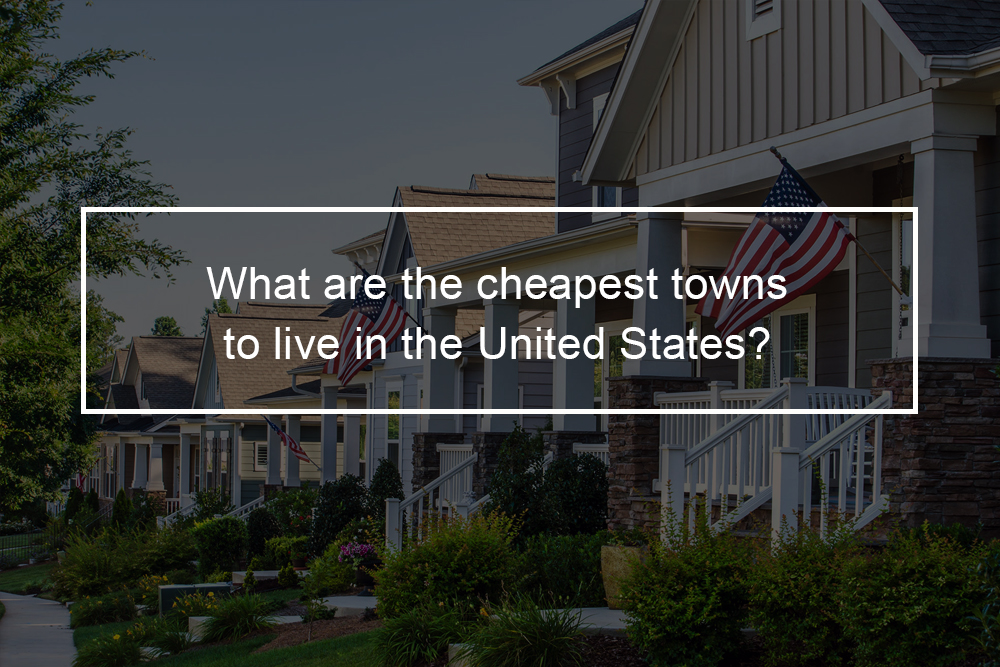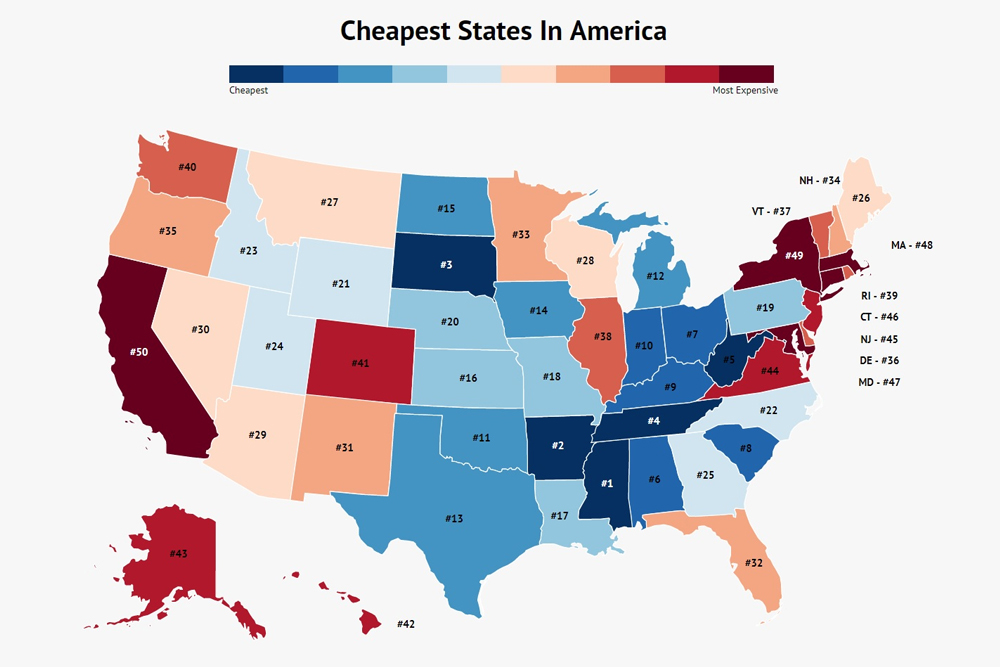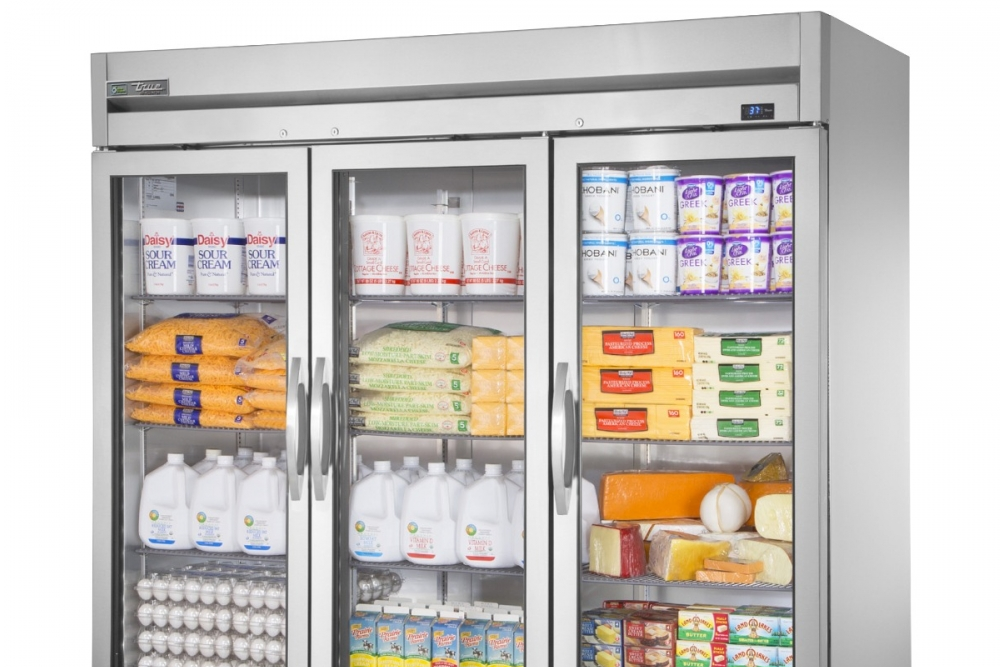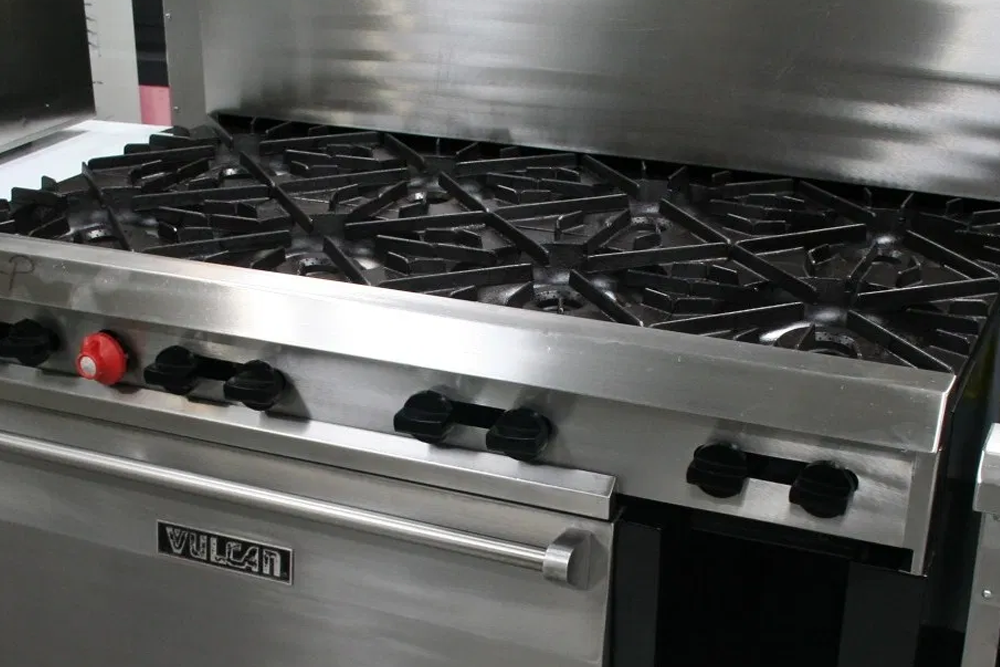Whether you are just beginning a family or a single young professional, preserving funds for the future is always going to be your utmost priority. One of the top ways to free up your earnings is to ensure you are in a town where the cost of living is reasonable.
Typically the cost of living is more affordable in small towns than in expensive big cities. Then, of course, small towns have less traffic, slower pace of life, and a strong sense of community. To help you avoid budget-busting relocation and understand what inexpensive small-town has to offer, we have rounded up some of the cheapest cities in the country. The rankings are based on the Council for Community and Economic Research’s calculations of living expenses in 270 urban cities. The Council’s cost of living index tracks prices for groceries, housing, transportation, utilities, health care, and miscellaneous services and goods (like going to a hair salon or movie theater).
Before you move to one of the cheapest small towns in the USA, evaluate the pros and cons. A low cost of living is attractive; however, the allure lessens in case jobs are scarce, the area lacks things to do, or paychecks are small. Plan an extended visit to make sure the small town fits your lifestyle.
The best affordable places to live in the US
13 cheapest places to live in America
Check out these areas where living expenses, housing, and entertainment will be kind to your bank account.
Morristown, Tenn
- City Population: 29,771
- Cost of Living: 13.0% below the United States average
- Median Home Value: $111, 200 (America: $193,500)
- Median Household Earning: $33, 597 (the U.S $57, 652)
- Unemployment rate: 3.7%
Morristown is steeped in frontier history. The small town about an hour’s drive east from Knoxville is where you will find the Crockett Tavern Museum, a reconstruction of Davy Crotte’s boyhood home. Housing-associated expenses inclusive of rents and mortgages are nearly twenty-nine lower than the national average, following the Council for Community and Economic Research’s Living Cost Indication. Transportation costs run about fifth less than what the average American pays. Grocery and health care items are significantly cheaper too. Morristown’s median income is $24,000 less than the United States median; however, then the median home price is less expensive by more than $82,000.
Danville, Va
- City Population: 43,055
- Cost of Living: 14.2% below United States average
- Median Home Value: $90,900 (US:193,500)
- Median Household Income: $34,951 (US: $57,652)
- Unemployment rate: 5.4% (United States 3.8%)
Danville lies on the southern border of Virginia about seventy miles south of Lynchburg, which. It happens to be one of the most affordable large cities in America. After a textile, railroad, and tobacco hub, Danville has pivoted with the changing economic times. Presently, the city’s major employers include Regional medical center Sovah Health, Goodyear Tire $Rubber Co, and Nestle.
However, do not think Danville has lost touch with its roots. Local attractions include Edwardian Homes and Millionaire’s Row, a historic Victorian considered to be gems of 19th and early 20th-century architecture. When it comes to the unemployment rate, Danville runs well above the national average, while the median income falls well below. Residents pay about 19% less for housing-related costs, inclusive of rents and mortgages, than does the average American, in accordance with the Cost of Living Index. The cost of transportation is about 18% cheaper in Danville, and locals enjoy significant savings on groceries and health care, too.
Lynchburg, Va
- City Population: 80,995
- Cost of living: 13.0% below the United States average
- Median Home Value: $153, 800
- Median Household Income:$41,971
- Unemployment rate:3.6%
Lynch lies in the foothills of the popular Blue Ridge Mountains and is home to Liberty University. The city’s largest employer. However, a diversity of business and industries makes Lynchburg more than just a college town. A hot job market- the unemployment rate stands below the national level- and a low cost of living explains how Lynchburg ranks near the top of Gallup’s well-being index. Residents of Lynchburg spend nearly a quarter less than the national average on housing costs. Groceries and transportation costs run about fifteen percent below what the average American pays. Citizens save about six percent on health care, too. Not everything is cheaper in Lynchburg, however. Wine and beer are a bit more expensive than the national average, and utility bills are somewhat higher, as well.
Pittsburg, Kan
- City Population:20,233
- Cost of Living: 14.4% below the United States average
- Median Home Value: $84,800
- Median Household Income: $31,948
- Unemployment quota: 4.4%
The city is about a two-hour drive due south of Kansas City on Route 69. When you get here, you will find a small town with the cost of living more than 14% below the national average. A while back, the town was known for its abundance of coal and the Southern and Eastern European immigrants who worked the mines. Today, the city depends more heavily on higher education, thanks to the presence of Pittsburg State University. Famous alumni of Pittsurg’s local university include actor Gary Busey and Brian Moorman, retired two-time Pro Bowl punter for the NFL’s Buffalo Bills.
Even though median incomes are roughly $26,000 below the national average, median home prices are whopping $108,700 cheaper. That makes housing costs 30% less expensive than what the average American pays. Other things are affordable, as well. For example, a movie ticket runs less than $6 in Pittsburg, while the average American has to shell out more than $10.
Texarkana, Texas-Ark
- Population: 152, 188
- Cost of living: 13.4% below the United States average
- Median Home Value: $116, 500
- Median Household Income: $47.722
- Unemployment rate: 5.3%
The twin towns of Texarkana, Texas, and Texarkana, Ark, make up some of the cheapest real estates to live in the United States, particularly when it comes to some of the life’s biggest expenses. Housing-related costs are about twenty-nine percent below the United States average. For example, apartment rent averages $700 monthly in this border town. Nationally, the standard rent comes to more than $1,000. Transportation and utilities costs are about ten percent less than what the standard American pays. Health care and Grocery items and health care are cheaper here, too. A trip to the physician in Texarkana costs an average of $99.61, by the Cost of Living Index. Nationally, a physician’s visit costs $110.28. A dozen eggs will cost $1.38 in Texarkana versus a national average of $1.80.
Ashland, Ohio
- City Population: 20,362
- Cost of Living: 14.6% below the US average
- Median Home Value: $97, 500
- Median Household Income: $41, 218
- Unemployment Rate: 5.0%
Situated about halfway between Cleveland and Columbus, near Ohio’s Amish Country, little Ashland provides the cost of living well less than that of the State’s two largest cities, as well the nation as a whole. Whether you own or rent, keeping a roof over your head in Ashland is more than forty percent cheaper than the national average. Citizens also access comparatively inexpensive health care, which runs about forty-one percent below what the average American pays. Locals shell out about $87 to visit a physician. Nationally, that bill totals to more than $110.
Employment opportunities run the gamut from higher education to biomedical research to manufacturing. Top employers include Samaritan Regional Health System, Ashland University, Pentair Pump Group, and Charles River Laboratories. Median earnings are lower than the national average; nonetheless, and Ashland’s unemployment rate is higher than the United States level.
Tupelo, Miss
- City Population: 34, 546
- Cost of Living: 14.9% below the United States average
- Median Home Value: $138,100
- Median Household Income: $45, 161
- Unemployment Rate: 4.0%
Tupelo’s biggest claim of popularity is being the birthplace of Elvis Presley. The city, 100 miles southeast of Memphis’s Graceland, has held an Elvis Festival for twenty-one years running. Not a fan of the King? The cultural scene also incorporates the Tupelo Symphony Orchestra and the Tupelo Automobile Museum. Tupelo’s second-biggest claim to popularity is arguably its super-low living costs. Electric and gas bills are about thirteen percent lower than the national average, following the Cost of Living Index. Groceries cost about 15% less, and housing is almost a third cheaper. Shoppers can save 23% on dry cleaning, while beauty salons cost 37% less than the national average.
For citizens who are not making a living as Elvis impersonators, significant employers include Cooper Tire and Rubber Company, North Mississippi Health Services, and BancorpSouth, which is headquartered in Tupelo.
Fayetteville, Ark
- City Population: 85, 257
- Cost of living: 13.5% below the United States average
- Median Home Value: $193, 000
- Median Household Income: $41,118
- Unemployment Rate: 3.1%
Life is good and affordable, in Fayetteville. This small city located deep within the Ozarks frequently appears on lists of the best places to live in the United States. Fayetteville reaps the benefits of being the home of the Gargantuan University of Arkansas, and it also does not hurt that Walmart, the world’s largest retailer, is headquartered in nearby Bentonville.
Those institutions, among others, assist fuel a fast-growing metro city and low unemployment. And yet Fayetteville remains comparatively affordable for civilians and students. Even though this southern town has the highest median home value among the cities on this list, housing-related costs still run twenty-seven percent below the national average. Groceries, health care, and transportation costs are all significantly less expensive, too.
Benton Harbor, Mich
- City Population: 10,038
- Cost of Living: 15.0% below the United States average
- Median Home Value: $56, 200
- Median Household Income: $20, 157
- Unemployment Rate: 4.4%
Benton Harbor lies by the shores of Lake Michigan about fifty miles west of Kalamazoo, which is among the most affordable big cities America has. The small town’s biggest claim to popularity is that it is home to Whirpool, the global manufacturer of dryers, washers, refrigerators, and a range of other home appliances. Despite being host to a Fortune five hundred company, Benton Harbor offers a cost of living that is fifteen below the national average.
The median income is roughly $37,000 below the United States level, and the unemployment rate is higher than the national rate. Crime and poverty are also high in Benton Harbor, elements that contribute to a median home price that is an eye-popping $137,300 below average. Indeed, housing-related, inclusive of mortgages and rent, are almost 30% less expensive in the city. Adjoining St. Joseph, about the same size as Benton Harbor, is a famous beach resort city with significantly higher household home values and incomes.
Florence, Ala
- City Population: 39, 852
- Cost of Living: 14.0% below the United States average
- Median Home Value: $126, 600
- Median Household Income: $37, 843
- Unemployment Rate: 4.6%
The town of Florence is located in the northwest corner of Alabama on the Tennessee River, about a two-hour drive from Birmingham. It is the birth town of Helen Keller, but Florence and the surrounding area, called The Shoals, boast several other attractions, as well. The close-by Muscle Shoals Sound Studio has a rich history; it is where The Rolling Stones recorded the hit songs Brown Sugar and Wild Horses. Florence holds Alabama’s only house designed by legendary architect Frank Lloyd Wright. The town also hosts the University of North Alabama.
Happily, for residents of Florence, the city’s distinctive sites and southern charm come at a reasonable price. Housing-related expenses are approximately 30% less than what the average US pays. For instance, the standard apartment rents for $595 a month versus. A national standard of more than $1,000. The cost of healthcare costs about 20% less in Florence. All other significant expenses tracked by the Cost of Living Index likewise take a smaller bite of folks’ paychecks.
Statesboro, Ga
- City Population: 28, 422
- Cost of Living: 15.7% below America average
- Median Home Value: $117,00
- Median Household Income: $24, 869
- Unemployment Rate: 4.1%
As home to the Georgia Southern University, Statesboro provides many of the benefits of college–town living but at exceedingly low prices. Thanks to its status as an academic core, cultural attractions tied to the local campus include symphony, a performing art, planetarium, museum and botanic gardens. And the charming city of Savannah is just an hour’s drive to the east.
Even though the university is the city’s largest employer, manufacturing jobs also play a significant role in the local economy. Yet, unemployment comes in above-average. Besides, the poverty rate is high. However, when it comes to living costs, housing is almost 30% cheaper in Statesboro, while healthcare runs nearly twenty percent below average. For instance, a visit to a physician costs about a third less in Statesboro. Dental care is more than a fifth less expensive, following the Cost of Living Index.
Danville, 111
- City Population: 31,424
- City of Living: 14% below the US average
- Median Home Value: $64,700
- Median Household Income: $36, 410
- Unemployment Rate: 6.3%
Located 120 miles South of Chicago, Danville, 111, is a small, unassuming city that once was the residence of Dick Van Dyke, Gene Hackman, Bobby Short, Donald O’Connor. Maybe most impressively, Abraham Lincoln spent eighteen years practicing law in Danville. The town has more than a dozen sites honoring his time there. Danville was a coal-mining base for the first half of the twentieth century, but that industry petered out after World War 11.
Presently, significant employers include grocery distributor McClane or Midwest, United States Department of Veteran Affairs, and Blue Cross Blue Shield. A relatively high unemployment rate and comparatively low median earnings and home values keep prices in check. Housing-associated expenses, including mortgages and rents, stand 37% below the United States average. The average cost for a house in Danville is $216, 209. Nationally, that figure comes to $347, 825.
Salina, Kan
- City Population: 46,994
- Living cost: 16.1% below the US average
- Median Home Value: $119, 300
- Median Household Income: $47, 103
- Unemployment Rate: 3.7%
The small city of Salina lies at the intersection of Interstates 70 and 135, about eighty miles north of Wichita and 160 afar west of Kansas City. Health care and manufacturing are among the town’s most significant industries. Significant employers include Schwan’s Company, the maker of Tony’s frozen pizza; Great Plains Manufacturing, which serves the agricultural market; and the Salina Regional Health Center.
Salina is also home to various institutions of higher education, inclusive of the University of Kansas School of Medicine Salina University and Kansas State University Polytechnic Campus. It is an economical mix that is producing both low unemployment and low living costs. Housing expenses are about thirty percent below the national average, following the Cost of Living Index. Groceries are affordable too. A half-gallon of milk can cost a third less than the federal average. Ground beef is on trade to the tune of 24%. However, utility bills, take a bit of a bite. In Salina town, they run about 5% higher than the United States average.
Living in the US dream means being financially comfortable and living in a place you love- and can afford. While the cost of living in America varies from State to State, a state with a low cost of living can be an excellent draw for companies looking to attract workers. That is why the cost of living should be the critical factor you consider before moving.













